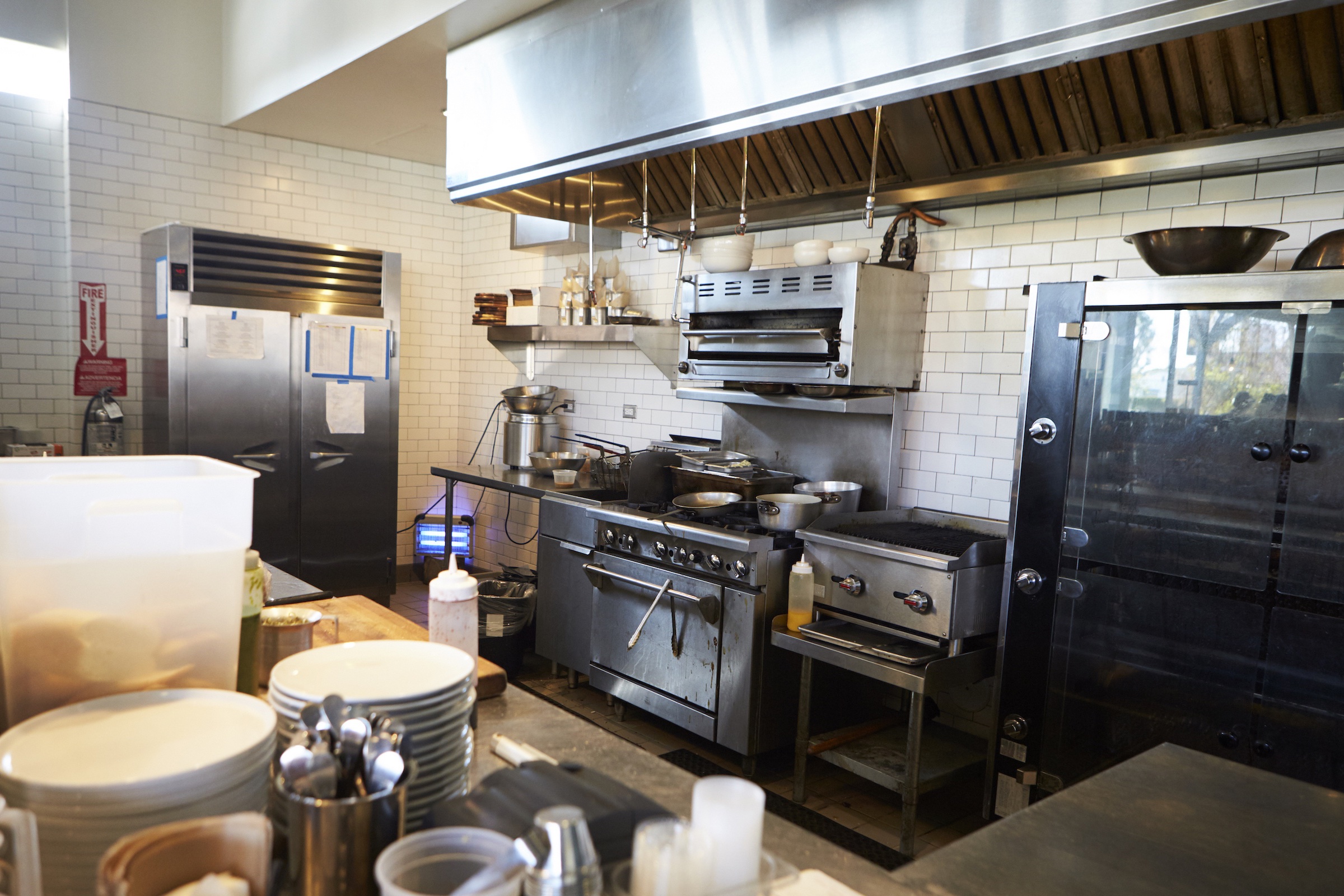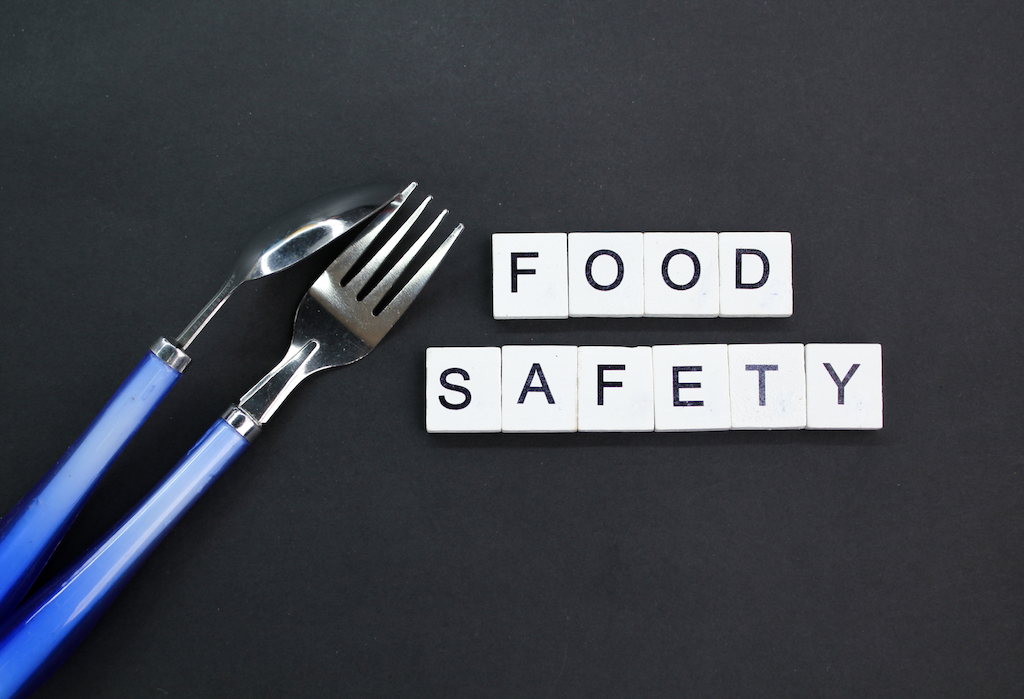In today’s data-driven landscape, businesses across various industries leverage data analytics to enhance operations and make well-informed decisions. The food industry is no exception.
In fast-paced food production and services, ensuring compliance with food safety is more critical than ever. The rise of data analytics offers an innovative solution to this challenge, providing real-time insights that can help organizations enhance their food safety protocols. Quality control analytics, analyzing and interpreting data related to food safety and quality, has become essential for refining processes, minimizing risks, and ensuring consumer satisfaction. Businesses can excel in food safety and quality assurance by utilizing predictive analytics, harnessing data insights, and implementing effective quality management strategies.
This blog will explore the role of data analytics in food safety, how PathSpot’s systems are at the forefront of this technology, and the significant benefits of data-driven decision-making for compliance and food safety.
The Role of Data Analytics in Food Safety
Food safety means collecting, processing, and analyzing data to identify trends, detect anomalies, and predict potential hazards. By leveraging data analytics, managers can comprehensively understand their operations, pinpoint areas that require improvement, and implement proactive measures to prevent foodborne illnesses.
Data innovation significantly departs from traditional, labor-intensive methods, offering improved precision, speed, and efficiency. By harnessing data, food industry stakeholders can anticipate potential safety issues and ensure more effortless compliance with HACCP regulatory and global safety standards. Data technology is reshaping food safety practices, shifting from reactive measures to proactive strategies.
Benefits of Data-Driven Decision-Making for Compliance and Safety
Ensuring high-quality standards and food safety is critical in the highly regulated food industry. To achieve these goals, operators have to leverage data analytics and tools, to gain valuable insights into their operations and make informed decisions to enhance food safety and maintain consistent quality. The integration of data analytics into food safety compliance offers several key benefits:
- Enhanced Compliance: By continuously monitoring and analyzing hand hygiene practices, digital temperature monitors, and digitized labeling, organizations can meet regulatory standards and reduce the risk of non-compliance.
- Improved Safety: Data-driven insights allow for the early detection of potential hazards, enabling swift corrective actions–helping to minimize the risk of foodborne illnesses and protect public health.
- Operational Efficiency: With detailed analytics, managers can identify inefficiencies in their processes and implement targeted improvements–leading to better resource management and cost savings.
- Employee Accountability: 24/7 Real-time feedback and data tracking promote a culture of accountability among employees. Knowing their hand hygiene practices are being monitored encourages them to adhere to safety protocols diligently.
- Customer Trust: Demonstrating a commitment to food safety through data analytics can enhance an organization’s reputation. Customers are more likely to trust and patronize businesses prioritizing their health and safety.
How PathSpot Can Give Your Food Business Peace Of Mind
PathSpot is the leader in capturing and utilizing data analytics to ensure food safety. PathSpot’s SafetySuite offers hardware and software tools to optimize and streamline food safety operations. Featuring PowerTemp for accurate temperature monitoring, PowerTasks for digital task management, PowerLabels for streamlined labeling, and our flagship HandScanner with a comprehensive data hub that provides 24/7 access to your analytics, PathSpot delivers automation while improving safety audit results.
PathSpots SafetySuite Hub gives you cloud-based analytics from anywhere you are – desktop, app, or in-store. It’s your one centralized data hub for control and oversight from any connected device at your Fingertips 24/7—instant analytics with threshold monitoring to help maintain consistent, high-quality food safety standards. Monitor, measure, and analyze at the company, store, and employee levels. Recommendation engine with proactive interventions based on a large data set of employee behavior. Eliminate handwritten audit binders and checklists with exports for Audit Management.
HandScanner AlertsHub provides your in-store dashboard needs, giving you real-time reporting on-screen with each HandScanner in-store. Customizable alerts and notifications on health and safety while at the handwashing station–your gateway to food safety. PathSpot Data insights drive significant changes in operational efficiencies and reduce costs.
Conclusion
Incorporating data analytics into food safety compliance is not just a trend—it’s a necessary evolution. By embracing data-driven decision-making, organizations can protect public health, optimize operations, and build customer trust. Food safety is critical for business, and leveraging data analytics is the key to staying ahead of the curve. PathSpot’s innovative technology exemplifies how real-time data collection and analysis can transform food safety practices, ensuring higher compliance rates and safer outcomes.
To learn more, book a demo today with Pathspot! PathSpot Demo










